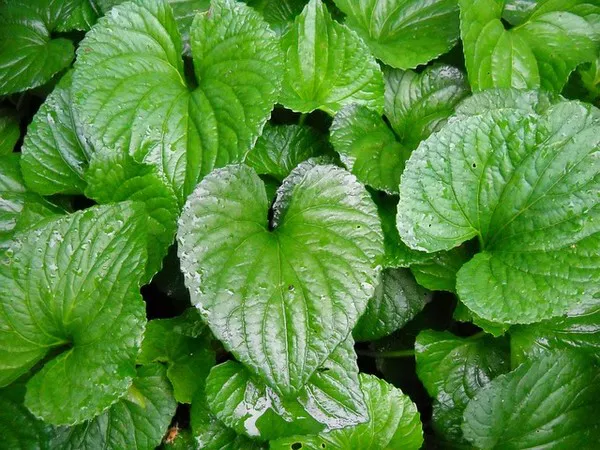Watering your plants is a fundamental aspect of gardening that requires a delicate balance between nurturing and precision. Providing your plants with the right amount of water at the right time can mean the difference between vibrant, flourishing greenery and lackluster growth. In this comprehensive guide, we unravel the art of watering, delving into essential techniques and practices that ensure your plants receive the hydration they need to thrive.
1. Know Your Plant’s Thirst: Tailoring Watering to Plant Types
Understanding the water requirements of different plant types is the foundation of effective watering. Some plants prefer consistently moist soil, while others thrive in drier conditions. Research the specific needs of your plants, considering factors such as their native environment and growth stage. For instance, succulents may require infrequent watering, while tropical plants may demand more consistent moisture. Tailoring your watering regimen to each plant’s unique thirst ensures optimal health and growth.
2. Time It Right: The Goldilocks Zone of Watering
Timing is crucial when it comes to watering your plants. Watering in the early morning or late afternoon allows plants to absorb moisture without the risk of evaporation from midday heat. Avoid watering in the evening to prevent prolonged moisture on foliage, which can lead to fungal issues. By finding the “Goldilocks zone” of watering—neither too early nor too late—you provide plants with a hydration schedule that promotes robust growth.
3. Deep Soaking vs. Shallow Sprinkling: Penetrating the Root Zone
Watering techniques vary, with deep soaking and shallow sprinkling serving different purposes. For established plants, deep soaking encourages roots to grow deeply into the soil, increasing their ability to access nutrients and water. Shallow sprinkling, on the other hand, is suitable for germinating seeds or delicate seedlings. Focus the water directly on the root zone, ensuring that moisture reaches the critical areas where plants absorb it.
4. Read the Signs: Monitoring Plant Responses
Your plants communicate their hydration needs through subtle signs. Wilting leaves, drooping stems, or soil that pulls away from the sides of the container are indicators that your plants may be thirsty. On the other hand, yellowing leaves or overly damp soil may signal overwatering. Regularly inspect your plants and monitor their responses to adjust your watering regimen accordingly, allowing you to fine-tune your approach for optimal results.
5. Watering Tools: Selecting the Right Equipment
Choosing the right watering tools can greatly impact your watering efficiency. Options range from traditional watering cans to drip irrigation systems. Consider factors such as the size of your garden, the type of plants you have, and your personal preferences. Drip systems provide consistent moisture directly to the root zone, while watering cans offer a hands-on connection with your plants. Whichever tool you choose, ensure it delivers water precisely and efficiently.
6. Conservation Consciousness: Watering Wisely
Water is a precious resource, and practicing responsible watering habits is essential. Use a layer of mulch around your plants to retain moisture, reduce evaporation, and inhibit weed growth. Collect rainwater in barrels to supplement your watering needs and reduce reliance on tap water. Additionally, group plants with similar water requirements together, creating efficient watering zones that prevent overuse and conserve resources.
In conclusion
Watering your plants is an art that blends knowledge, observation, and care. By tailoring your watering practices to the unique needs of your plants, timing your watering sessions thoughtfully, using effective techniques, interpreting plant responses, selecting appropriate watering tools, and embracing conservation consciousness, you become a steward of vibrant, thriving green life. Your dedication to the art of watering yields a garden that flourishes under your attentive care—a testament to the harmonious relationship between gardener and plant, united by the essential element of water.


